Zone 4 native hedge
Addison in VT z4a
5 years ago
last modified: 5 years ago
Related Stories

GARDENING GUIDESLet's Weed Out 4 Native Plant Myths
Plant wisely for a garden that supports pollinators and requires less work
Full Story
GARDENING GUIDESWe Bust 4 More Native Plant Myths
Have you been taken in by these fallacies about gardening with native plants?
Full Story
GARDENING GUIDES15 Native Flowers That Feed Native Bees
These perennials offer superfood to hundreds of bees and are gorgeous in their own right
Full Story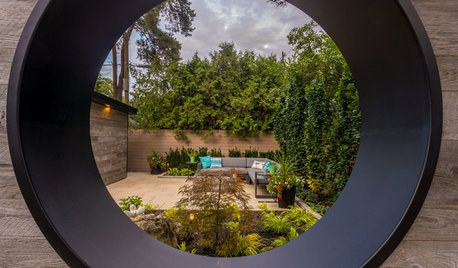
LANDSCAPE DESIGN4 Gardens With Creative Outdoor Room Dividers
Screens, hedges and walls help define garden spaces, edit views and guide movement
Full Story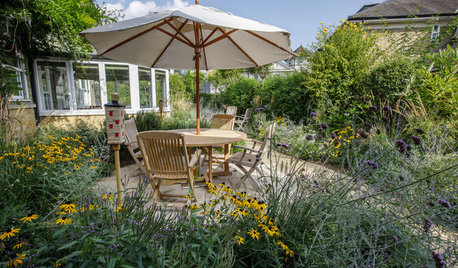
LANDSCAPE DESIGN4 Tips for Creating a Small Garden That Welcomes Wildlife
Win over birds, bees, butterflies and neighbors with these design strategies
Full Story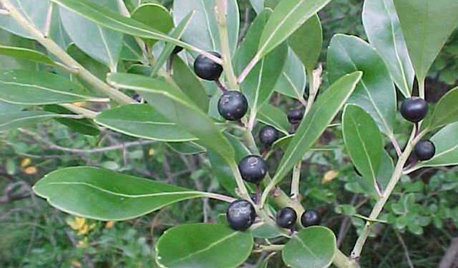
FLOWERS AND PLANTSEasterners: Consider This Native Alternative to Boxwood
Inkberry, or Ilex glabra, excels as a foundation plant or formal hedge perfectly suited to the East Coast
Full Story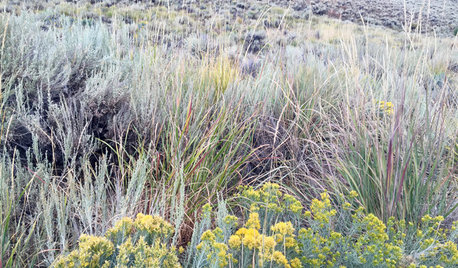
FLOWERS AND PLANTSBasin Wildrye Is a Tough Native Bunchgrass With a Big Impact
Leymus cinereus, a tall cool-season bunchgrass, brings rugged beauty and wildlife shelter to gardens in the western U.S.
Full Story0
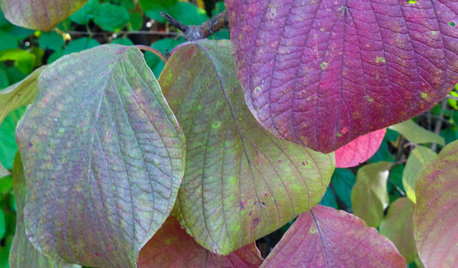
FLOWERS AND PLANTSCornus Rugosa, an Understated, Elegant Native Dogwood
Plant roundleaf dogwood for showy white flowers favored by pollinators in spring and for beautiful foliage in fall
Full Story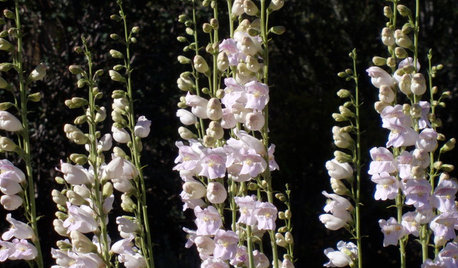
FLOWERS AND PLANTSInvite Hummingbirds and Native Bees With These Spiky Pink Flowers
Plant Palmer’s penstemon, or Penstemon palmeri, in the western U.S. for fragrant spring and summer blossoms
Full Story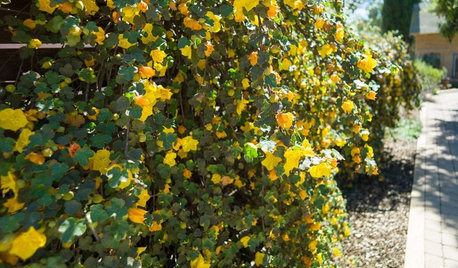
GARDENING GUIDESTidy Up Sprawling Native Shrubs With These Pruning Tips
Sound horticultural pruning methods work for native and nonnative plants alike
Full StorySponsored
Your Custom Bath Designers & Remodelers in Columbus I 10X Best Houzz
More Discussions







edlincoln
Addison in VT z4aOriginal Author
Related Professionals
Fitchburg Landscape Architects & Landscape Designers · Finneytown Landscape Architects & Landscape Designers · Lakewood Landscape Contractors · River Forest Landscape Architects & Landscape Designers · Roxbury Crossing Landscape Architects & Landscape Designers · Gainesville Landscape Contractors · Ashburn Landscape Contractors · Bristol Landscape Contractors · Cupertino Landscape Contractors · Lynwood Landscape Contractors · Mason Landscape Contractors · Norridge Landscape Contractors · Cheshire Gardeners & Lawn Care · Rocklin Swimming Pool Builders · Rockwall Swimming Pool BuildersNHBabs z4b-5a NH
NHBabs z4b-5a NH
Addison in VT z4aOriginal Author